Aafreed Sabavala, Jerry Pinto and Ranjit Hoskote remember evolving under the aegis of one of Mumbai's most charming and cosmopolitan couples, Jehangir and Shirin
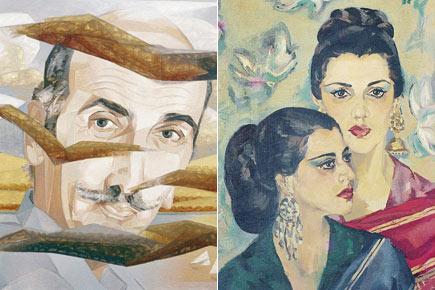
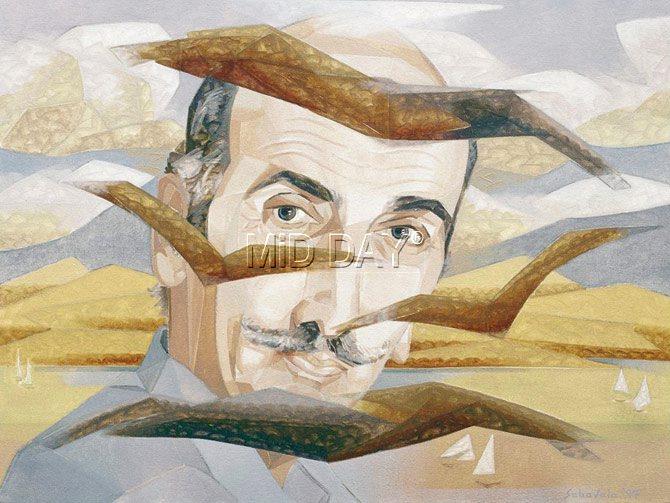
Mirror Image (1997)
It was the 1960s when the Sabavalas embarked on one of their many cross-country trips across India. Known to pile into their Standard Vanguard and drive for long, stopping at frill-free guesthouses rather than posh hotels, this particular trip was along the Tungabhadra in Karnataka. After enjoying the coracles, the family was resting for the day, when, "suddenly, a huge dust storm — a gigantic yellow opaque wall — was headed in our direction. It was frightening as we watched it from our hotel window," says their daughter Aafreed Sabavala. It has been six days since her mother, Shirin, a noted figure in the literary and art circles of India, breathed her last after a trying time with cancer. It has been nearly six years since her father, Jehangir, one of post-colonial India's leading artists, passed away. And, with a slight shudder, the 58-year-old, momentarily reliving her childhood memory adds, "My father's Tungabhadra series reminds me of that trip."
ADVERTISEMENT
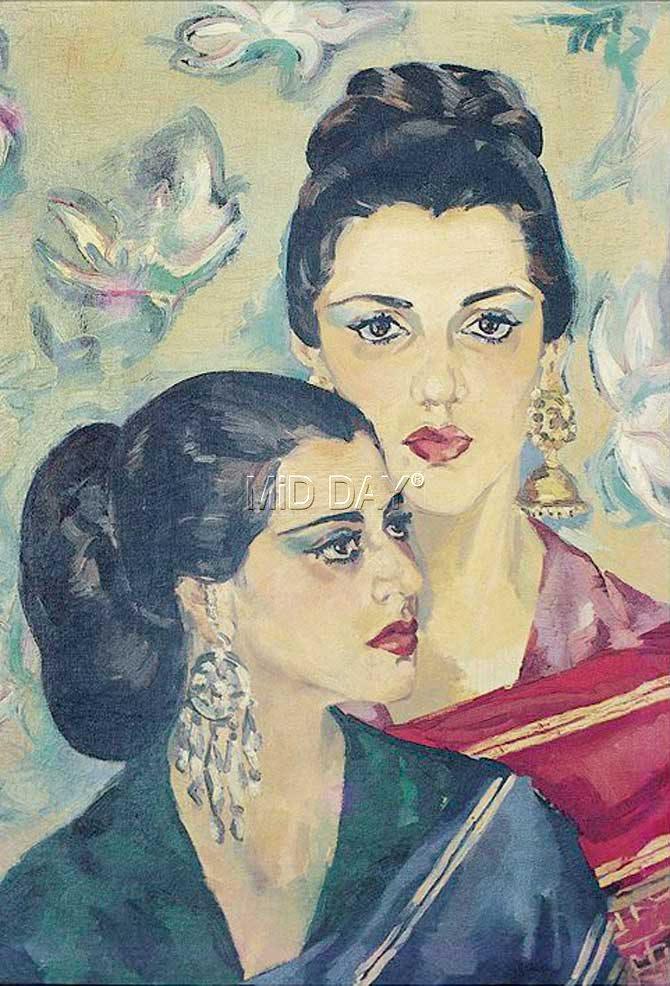
Portrait of Shirin (1953) Jehangir Sabavala
We are seated in the veranda of the Sabavala's Altamount Road home, an iconic and intimate oasis where the afternoons stretched into nights in the "carefully curated" company of poets and artists. The living room is where Arun Khopkar shot Colours of Absence (1993), his award-winning film on Jehangir; it is where cultural theorist and art critic, Ranjit Hoskote and, author Jerry Pinto have, among others, conversed with the Sabavalas on everything from James Ensor to the Metaphysical poets.

Shirin and Jehangir pose as a painting by Giovanni Boldini and Van Gogh’s Zouave
A cosmopolitan love
"When I think of Shirin and Jehangir, I think of all the road trips they made across the country, through Rajasthan, down the West Coast, along the Tungabhadra. On returning from Europe in 1951, they embarked on their very own 'discovery of India'," says Hoskote, who has authored the biography titled Pilgrim, exile, sorcerer: The painterly evolution of Jehangir Sabavala.
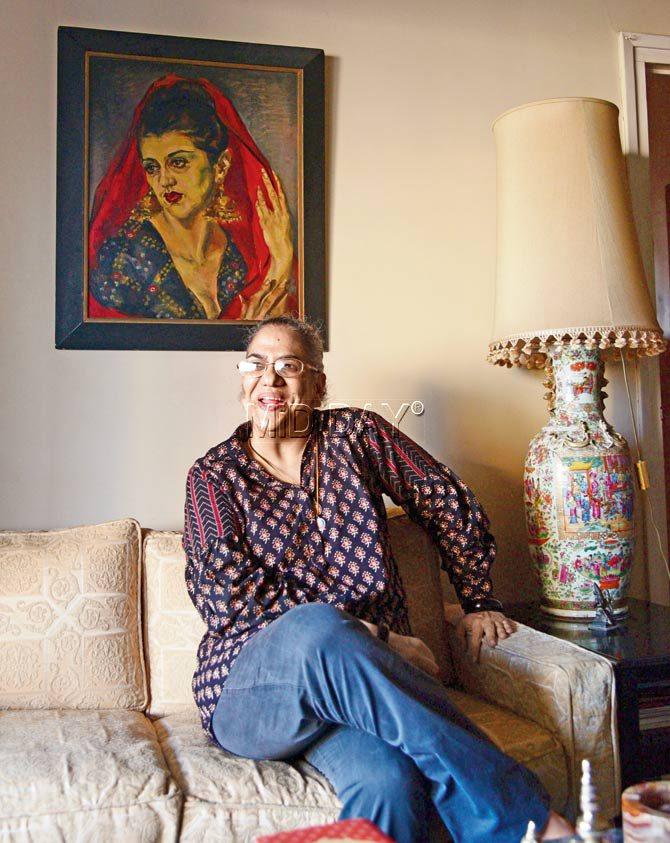
Aafreed
Studying in London, at the Heatherley School of Art from 1945 to 1947, Jehangir met Shirin, whilst she was enrolled at the London School of Economics. When back in Bombay, the story of how Jehangir mounted his first exhibition in the country with his spouse is practically a legend these days. It was 1951, a period commonly described as when "we didn't have Jehangir Art Gallery". The couple, known to be among the most stylish in the beau monde of then Bombay, improvised on the sacrosanct interiors of the Prince's Room at the Taj Mahal Palace Hotel for that exhibition — also part of Sabavala history now.
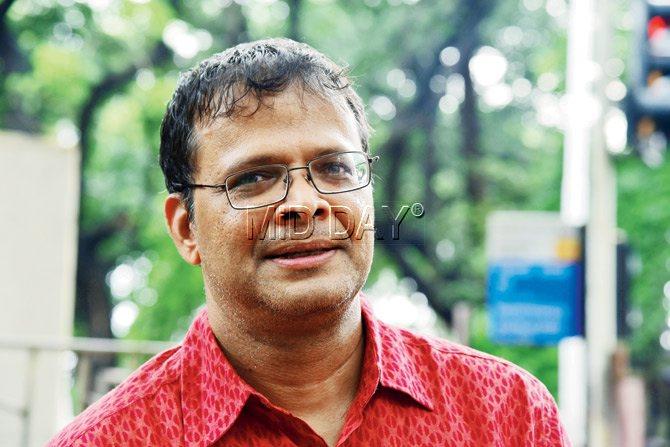
Jerry Pinto
In his biography, Hoskote recounts that the artist was often perceived as an outsider owing to inescapable reasons — he descended from the elite mercantile Parsi family of the Readymoneys, his academic upbringing had flourished in Europe (but as had several other artists from the city). And, then, there were choices that Jehangir made — his disinterest in the prevailing "folk iconography cross-bred with a mode of figuration drawn from the School of Paris" and his rejection of group affiliations. "It was unfortunate that people had narrow preconceptions about them. Critics and fellow artists, who should have known better, held the banal belief that if you came from privilege, then your art and world-view were suspect," says Hoskote.
"Father was a very private person, and so were mum and I," says Aafreed. When Mehlli Gobhai, one of the country's leading abstractionists, would call the Sabavalas to holiday in the seaside town of Gholvad, it depended on Jehangir's progress with a work. "He could leave a painting only when he had either resolved it in his mind or when it was complete, but never in between," says Aafreed. Keeping the artist constant company in the studio, was their pet Siamese cat, Nicholas. "If you have seen Siamese cats, you will know how poised they are. Father was no less," she laughs.
Shirin was the daughter of a prominent botanist and grew up largely in Nagpur, where her father Jehangir Dastur was employed.
Holidays were spent in the hill station of Pachmarhi as much as in bustling Bombay. While Shirin majored in social sciences, she could, with ease, identify most plants that she encountered in their English, local and Latin botanical names.
Once married and in India, the couple's fascination with nature continued. In mountainous terrain, Jehangir observed the differences in the quality of light in the Tropics and Europe, an observation that greatly informs his later paintings along with their echoes of Cubist structures. Even a trip to Juhu Beach, recalls Aafreed, meant that Jehangir would take ample notes — the colours of the sea, the sky, every little detail was recorded.
"These visits, as varied as Sanchi, and the Nilgiris nourished Jehangir's paintings, their archetypal resonances. The presence of nature was so strong in their lives, and it was far from the metropolitan couple they are stereotypically made out to be," says Hoskote.
Influencing art and poetry
Jerry Pinto calls to mind the many handwritten letters he has, from both Shirin and Jehangir, responding to the articles he had written in the papers. Jerry writes to us over an e-mail correspondence, "Adil Jussawalla, Dom Moraes and Ranjit have all written poems with Sabavala's works in mind. The tone of these poems is elegiac, their writers responding to some deep interior melancholy that showed up in the works. You could not look at a Sabavala work and not see this sadness; you did not see it in the man, however. He was always vibrant, always active."
The Jehangir Sabavala Foundation, which Shirin set up soon after her husband passed away, comes, therefore, in the line of the cultural patronage of the Readymoneys, who gave the city the Jehangir Art Gallery and the Cowasji Jehangir Hall. The Foundation annually holds a memorial lecture and also supports the publication of anthologies of unpublished poets. More recently, a substantial bequest of Jehangir's works and studio material were made to the Chhatrapati Shivaji Maharaj Vastu Sangrahalaya. "When Jehangir died, Shirin and I had to sort through his personal effects; the clothes to go to charities and friends, the papers to go to the archive at the Museum along with the last paintings which were part of the Sabavala bequest that is now in the Jehangir Sabavala Room at the museum. Think about it, six paintings by a modern master, that's a gift that runs into crores of rupees and there was also a supporting bequest to the museum for educational material and for refurbishing the space," says Pinto.
As we say goodbye to Aafreed, she shows us around the house where two portraits of Shirin, as envisioned by Jehangir, hang on opposite walls. In one, she resembles a Spanish lady. In another, painted in 1949, Shirin is featured twice, a painting that Hoskote says is evocative of "the couple's wonderful relationship — its simultaneous intimacy and mystery".
 Subscribe today by clicking the link and stay updated with the latest news!" Click here!
Subscribe today by clicking the link and stay updated with the latest news!" Click here!







